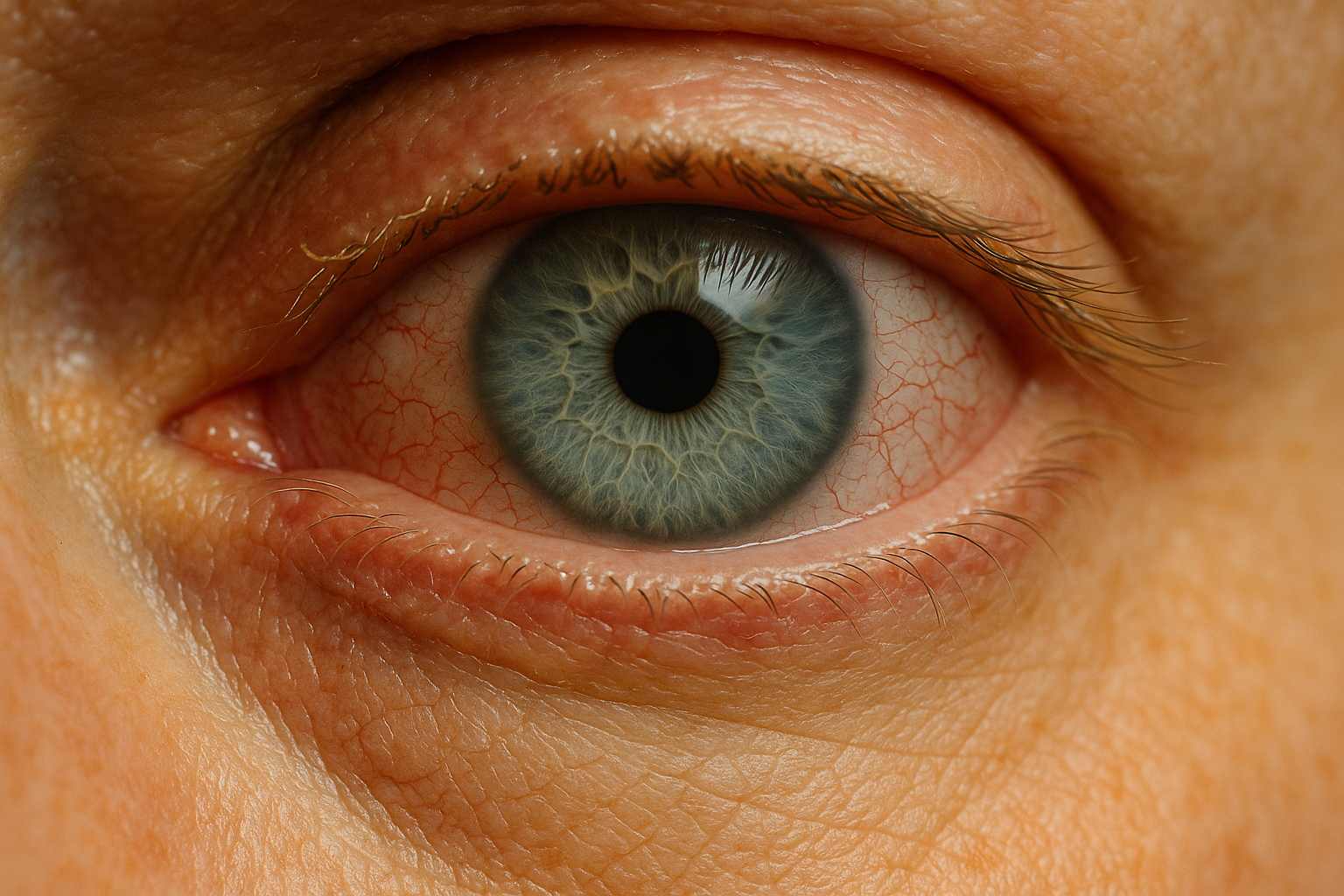
What Is Dry Eye?
Dry Eye is a common condition that occurs when the eyes don’t produce enough tears, or when the quality of the tears is poor and they evaporate too quickly. This leads to irritation, discomfort, and sometimes blurred vision. Despite the name, Dry Eye can also cause watery eyes as a reflex to irritation.
How Is Dry Eye Treated?
Our clinic offers personalized treatment options to relieve symptoms, improve tear quality, and restore comfort. Depending on the cause and severity, treatment may include:
- Prescription or over-the-counter eye drops (lubricating or anti-inflammatory)
- Warm compresses and lid hygiene to improve oil gland function
- Omega-3 supplements to support healthy tear production
Our goal is to relieve irritation, improve vision, and prevent long-term damage to the ocular surface. With proper care, most patients experience significant improvement in comfort and quality of life.
Why Does Dry Eye Happen?
A healthy tear film is essential for clear vision and eye comfort. It’s made up of three layers: oil, water, and mucus. If any of these layers are out of balance, the eyes can become dry and inflamed.
Common causes of Dry Eye include:
- Aging (especially after age 50)
- Hormonal changes
- Long hours of screen time or reading
- Contact lens wear
- Certain medications (like antihistamines, antidepressants, or blood pressure meds)
- Environmental factors (wind, smoke, dry indoor air)
Underlying health conditions like autoimmune diseases
How Do We Test for Dry Eye?
At our clinic, we use advanced diagnostics to identify the underlying cause and severity of your Dry Eye, so we can tailor treatment effectively. Our testing may include:
- Imaging with OCT– Provides detailed views of the eyelids and tear film structure.
- ATLAS Ocular Surface Analyzer – an advanced diagnostic tool that provides detailed measurements of your tear film and eyelid function. This technology helps us accurately assess tear quality, evaporation rates, and Meibomian gland health, allowing for a more precise diagnosis and personalized treatment plan.
- Ocular Surface Staining (if needed) – Uses special dyes to highlight dry spots or damage on the eye’s surface.
By identifying the type and cause of Dry Eye, we can develop a more effective and lasting treatment plan.
